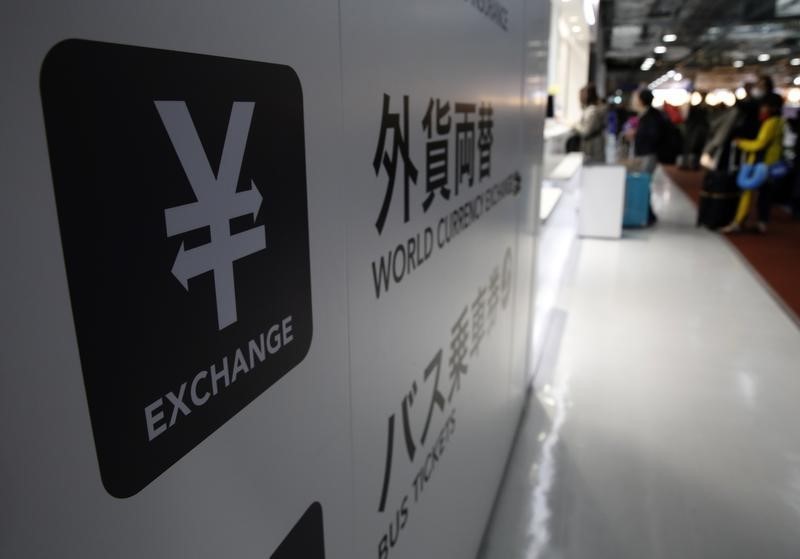Investing.com - The dollar moved higher against the broadly weaker yen on Tuesday after rallying on Monday when Japan’s finance minister said Tokyo was prepared to intervene in the currency market.
USD/JPY rose 0.45% to 108.80, the highest level since April 28 after ending the previous session with gains of 0.94%.
The dollar had fallen to 18-month lows of 105.05 against the yen last Tuesday after the Bank of Japan kept monetary policy unchanged, defying market expectations for additional easing.
Japan’s Finance Minister Taro Aso said Monday that financial authorities are prepared to intervene in the currency market if excessive moves in the yen are enough to affect Japan’s economy.
The yen initially showed little reaction to the comments amid the view that Japanese officials are unlikely to take steps to weaken the currency in the absence of support for such a move.
Late last month the U.S. Treasury Department added Japan to a watch list of countries it is monitoring to gauge whether their foreign exchange policies provide an unfair trade advantage.
In its report, the Treasury noted that the current dollar-yen market was "orderly" and reiterated all countries must abide by G20 and G7 commitments on exchange rate policies, widely seen as a call for Japan to limit foreign exchange interventions.
Aso said Monday the Treasury’s move to put Japan on a watch list “won’t constrain” Tokyo’s currency policy.
Speaking Tuesday, Aso reiterated that Tokyo will intervene in the currency market if "one-sided" moves in the yen persist.
Also Tuesday, Japan’s Economy Minister Nobuteru Ishihara said he was closely watching financial markets after the yen’s gains last week.
The euro was also higher against the yen, with EUR/JPY rising 0.62% to 124.06 after ending Monday’s session with gains of 0.92%.
The euro was fractionally higher against the dollar with EUR/USD edging up to 1.1391.
In the euro zone, data on Tuesday showed that German industrial output fell more than expected in March, but exports rose strongly.
German industrial production fell by 1.3% in March, the largest monthly decline since August 2014.
A separate report showed that Germany’s exports rose by a larger-than-forecast 1.9% in March while imports fell by 2.3%, widening the trade surplus to €23.6 billion.
Elsewhere, the Australian dollar pushed higher, with AUD/USD up 0.31% at 0.7339 after initially slipping lower in the wake of mixed Chinese inflation data.
The U.S. dollar index, which measures the greenback’s strength against a trade-weighted basket of six major currencies, was steady at 94.11.
